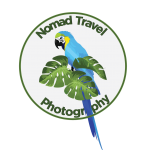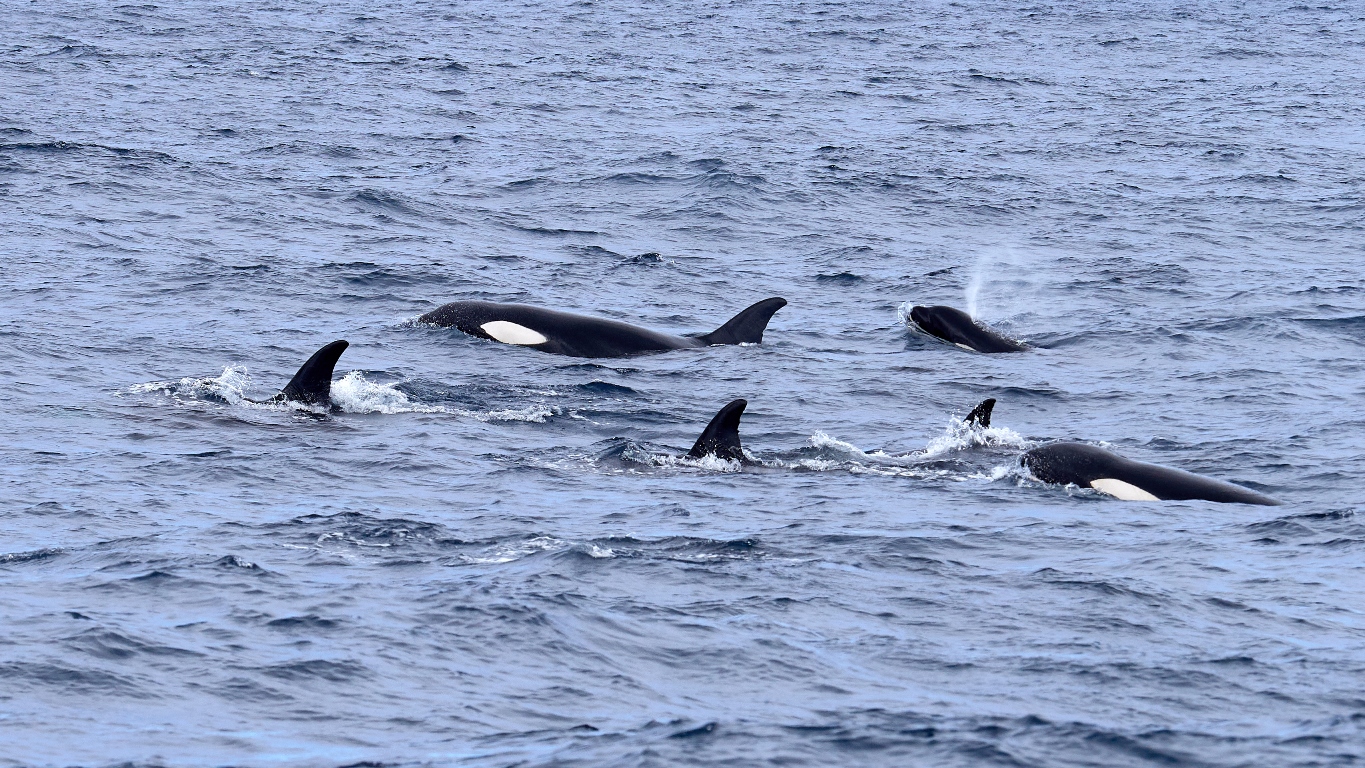On the road again – hope we avoid catching the dreaded Covid
On leaving Steve goes to put garage remote in new keysafe – only to find it does not fit……. Bunnings and a new bigger one means we leave much later than planned – so be it.
Camping in Lake Gilles is full of life, 20 plus camels, lizards, emus and birds. There is even a bonus of water in the Lake – not a common occurrence, very pretty.

Next to Ceduna the start of the Longest Golf Course in the world. 2 holes here then on to Googs Lake. Great sand dune track up to 25mts high with deep rutted sand on top (only got stuck once) with lots of greenery and birds. Surprised to find water in this lake to as we had been told there would not be. It turned out to be a fast-disappearing Lake, halved in size over 18 hours. This was a favourite stop, so peaceful, beautiful and quiet.
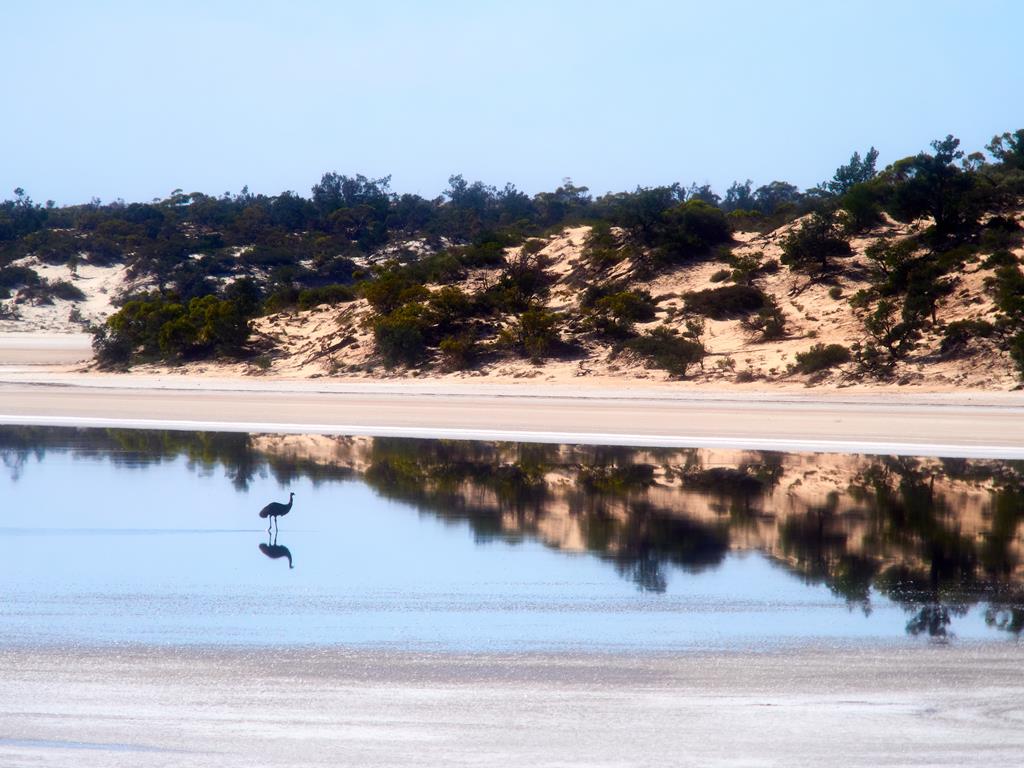
We had been expecting warm weather – but no, freezing winds and very cool, better for driving possibly. Plus, no fires allowed due to seasonal bans did not help.
Crossing the Nullarbor, it was great to have the golf holes to play, it certainly breaks up the journey. Not an easy course though, especially not for ladies as no separate tee blocks. The holes are also hard for obstacles (trees, bushes, long grass) holes in fairways and next to Airstrip. Lots of facts to learn along the way too.
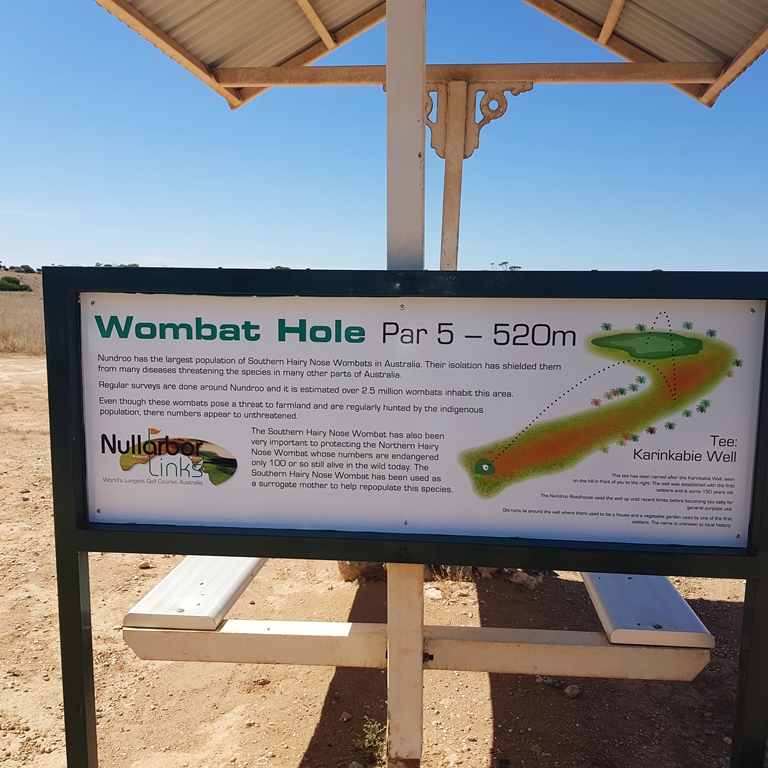
Other interesting sites along route – Penong had a large sign saying last shop for 1000km and then a sign saying Closed……
Motel/Roadhouse – lucky we had spare fuel as one was shut due to COVID and lack of staff.
The road we had planned to take down to the coast was also shut due to recent bushfires we think.
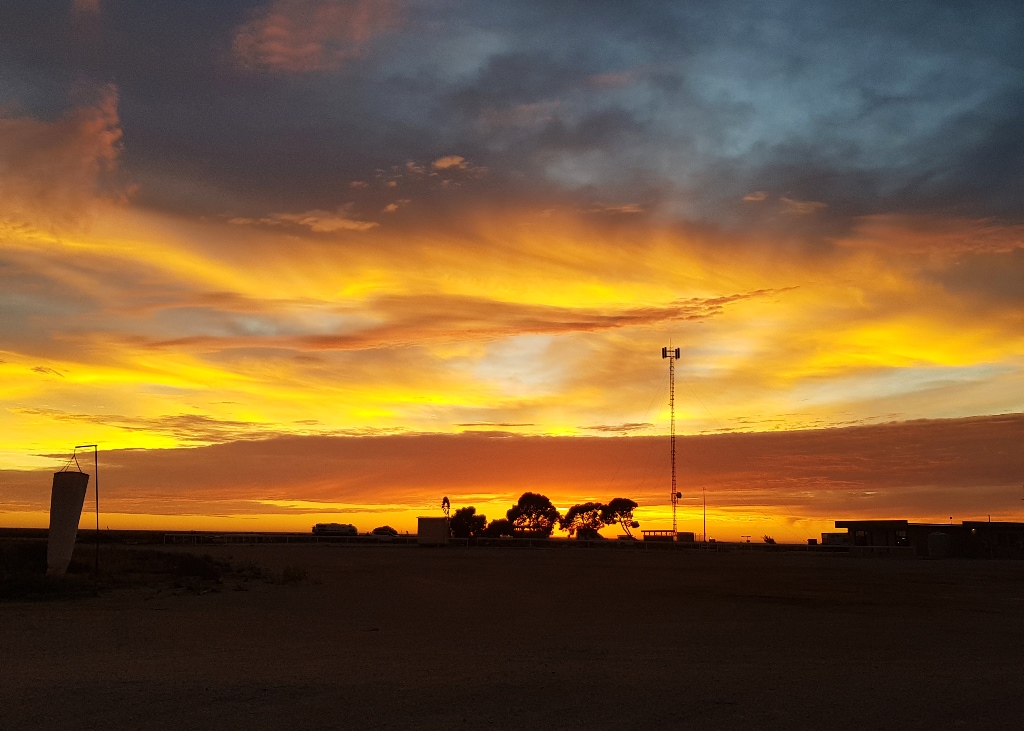
Having played all the golf holes along the Nullarbor we now have to leave the final holes till our return trip as they are North and we now go South at Norseman. Another town where most things are shut. They also have no eggs, bread or paper items (toilet rolls, kitchen roll etc) anywhere in town. Apparently when the borders opened so many caravans and returning West Australians came through and emptied out all the food and supplies in many towns around here and the south coast (worse – caused wine shortage). I also think the rail line being cut by rain in previous weeks may have had a part to play.
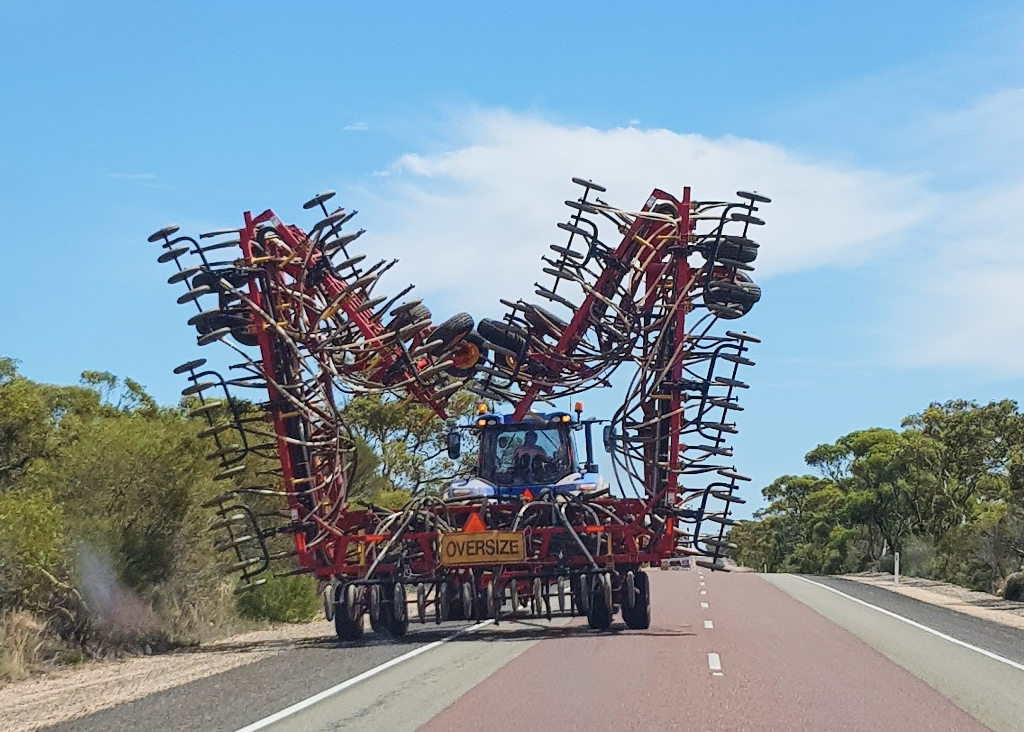
Duke of Orleans Bay was a beautiful spot on the edge of Cape Le Grande – but busy and also cold and wet. Lovely in better weather and if you could find a time without every man and his dog.
We planned to try and improve our landscape photography along this coast as it is known for its scenery – but the weather did not allow, days of cloud and rain. I was very impressed with the views of hundreds of banksias in flower along the roadside but could not find a way of making a photo from it, something that only really works in real time.
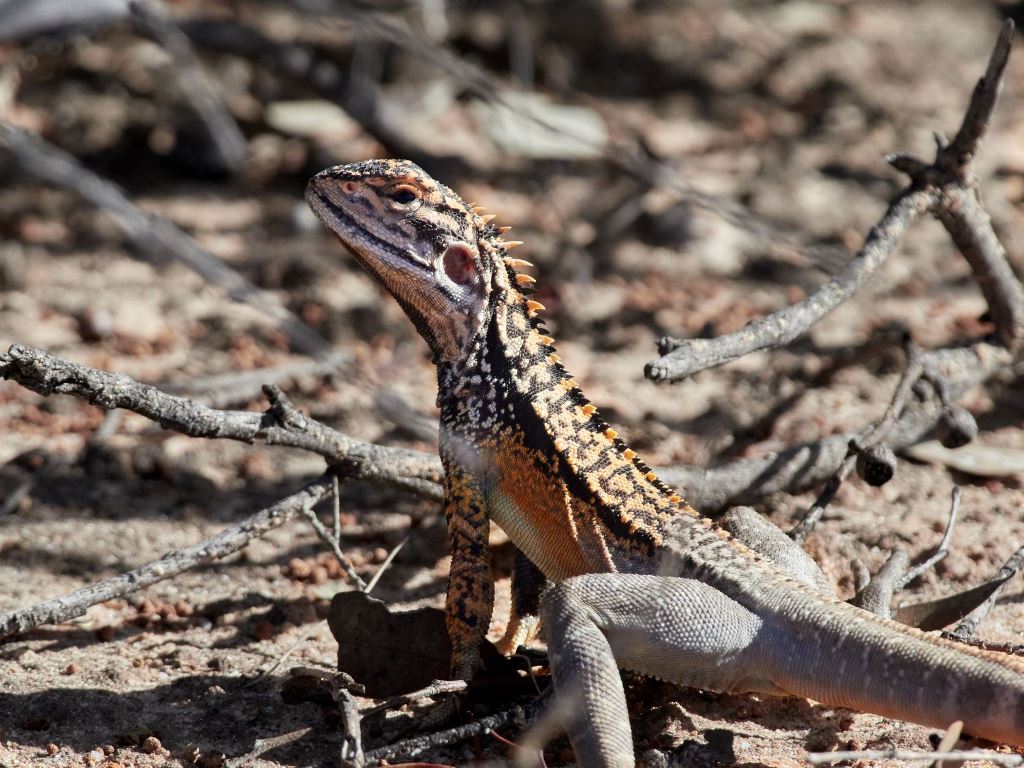
Plant diversity is incredible around this area, Cape Le Grand, Cheynes Beach area and Fitzgerald National Park in particular. Many shrubs in bloom but as is often the case in Australia many are tiny flowers you only really notice close up.
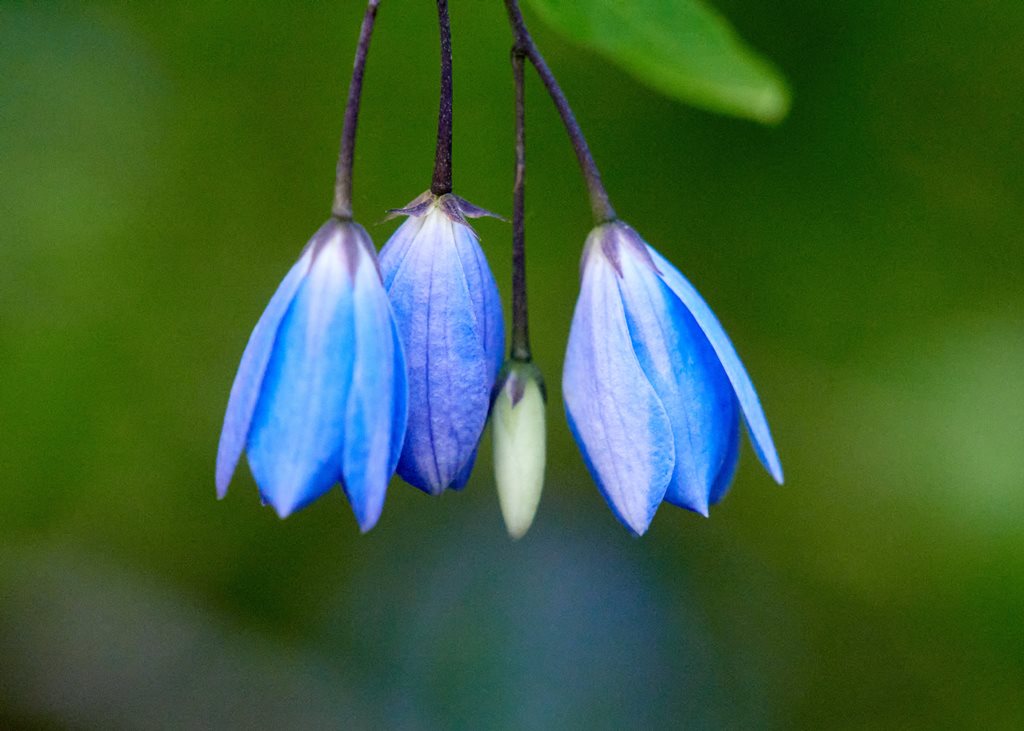
Finally, a dry couple of days. The views around Esperance are incredible, lovely beaches but disappointed in the camping in Cape Le Grand National Park – looks more like a normal caravan park – sad. And the cars on the beach at Lucky Bay is ridiculous, shame it is allowed. I have pictures from 20 odd years ago with no cars on the beach and a normal looking remote camping area. Progress?
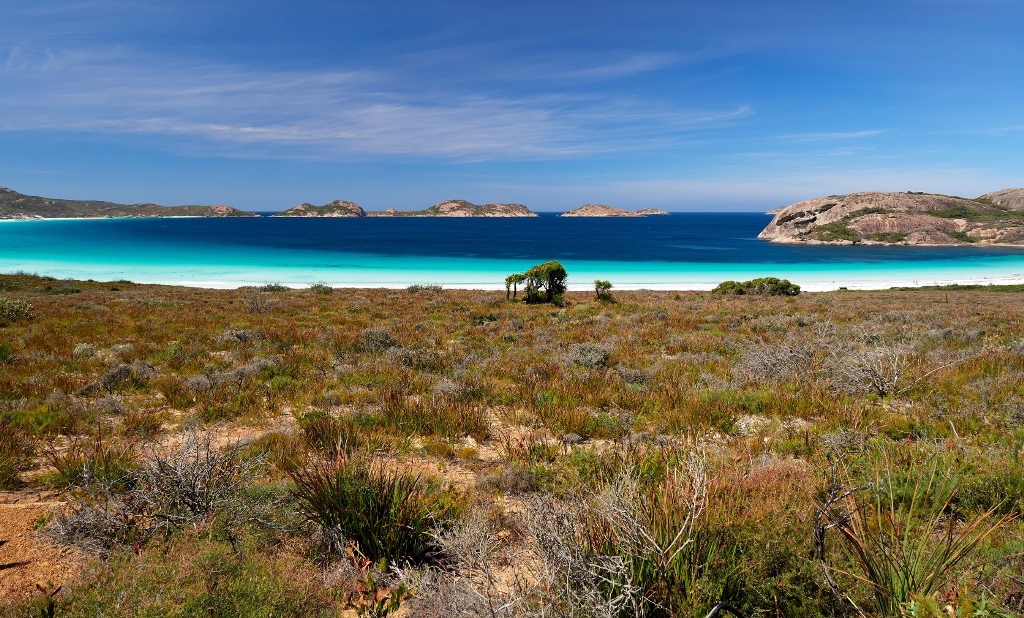
From Bremer Bay we took an Orca Trip (I had never known you could do that in Australia till researching this area). Fantastic day out, the best. We saw a super pod of Striped Dolphins who swam with the boat for ages, then a Sunfish and Albatross.
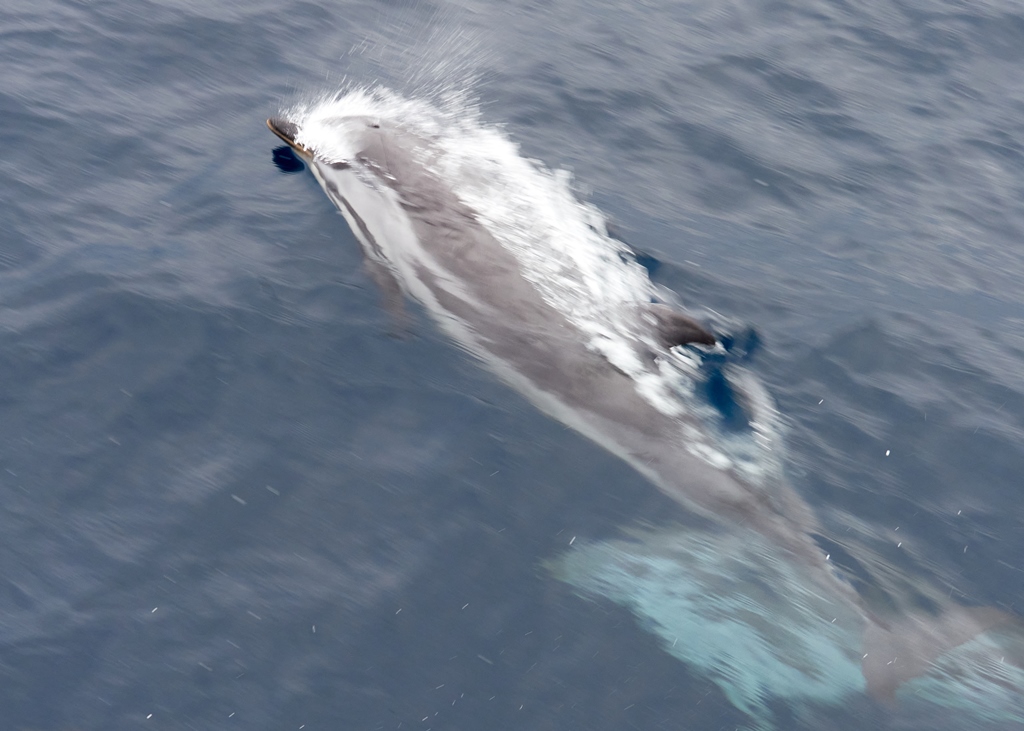
Finally, we find about 8 Orcas just cruising around, hard to photograph as they come up for a minute then go down for 8. Suddenly one speeds up and there is some kind of communication, the others follow (now about 15) including calves. They have found some prey to chase – they can really move and spread out to herd the prey. After a long while at top speed they slow, obviously having lost the prey. Amazing to watch.
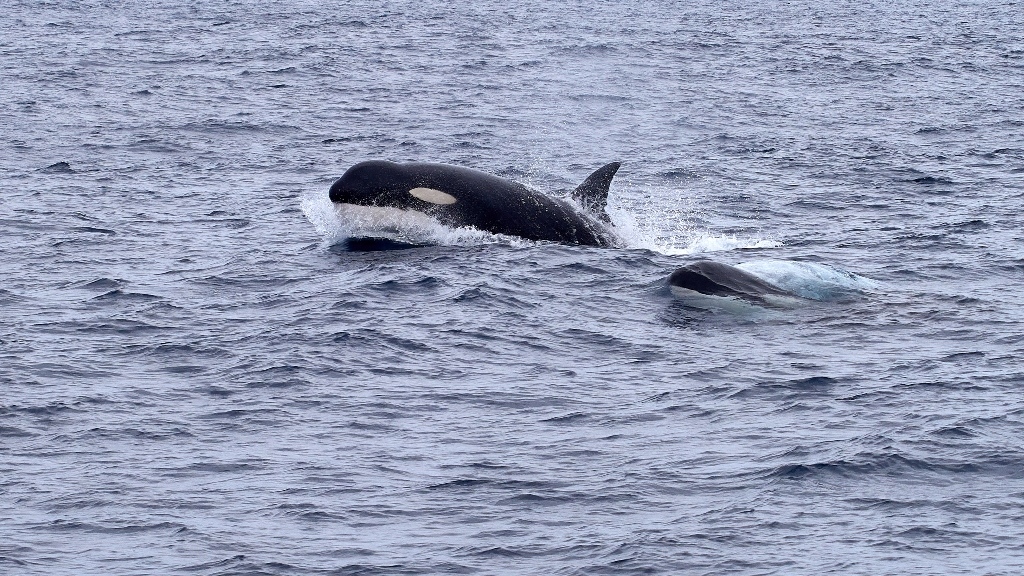
The Stirling Ranges were our next stop, unfortunately back to raining so we spent more time driving around than doing the many walks. Lucky us, though to see 2 numbats running across the road, they are being bred and released into this area and as there are supposedly less than 1000 left in the wild, we were very happy to see 2. Some good scenery and birding here too in the brief patch between rain storms. Would love to come back in Spring when the birds more active and the flowers out – they have many species of Orchid in the area.
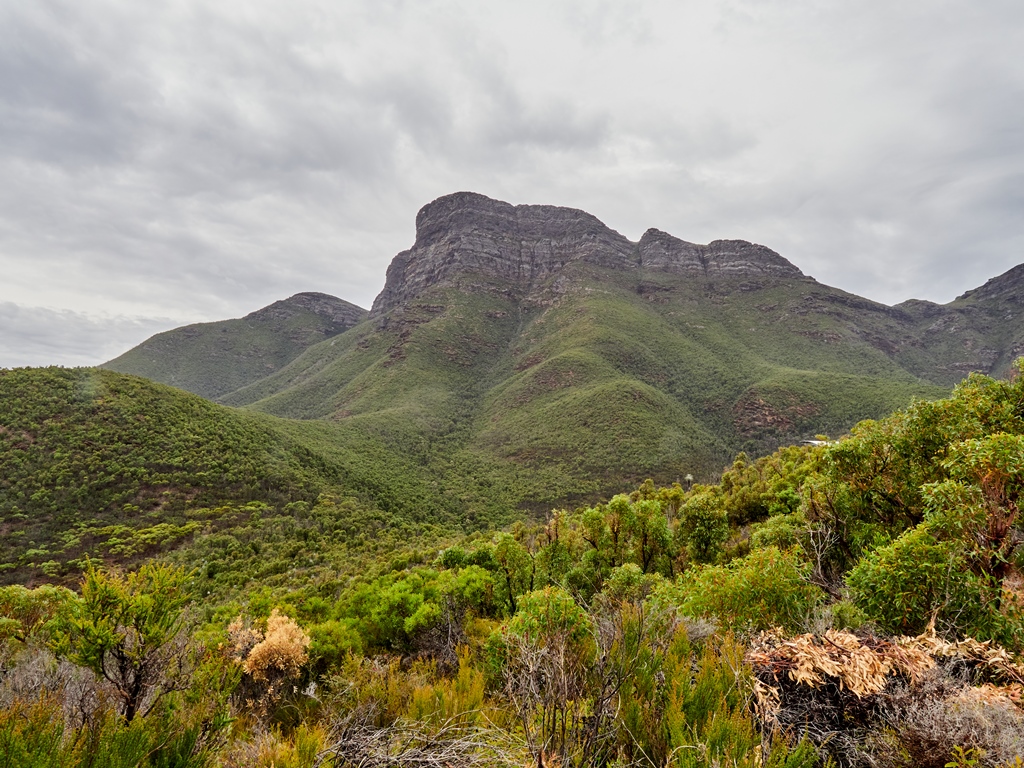
Cheyne’s Beach – great spot, lovely vegetation and a win with the 3 main birds only really in this area. Western Bristlebird, Western Whipbird and the most sought after of Australia’s rare birds the Noisy Scrub bird – and yes they are very loud. No pictures though, only fleeting glimpses. We hear 2 more Noisy Scrub birds in nearby Waychinicup National Park too.
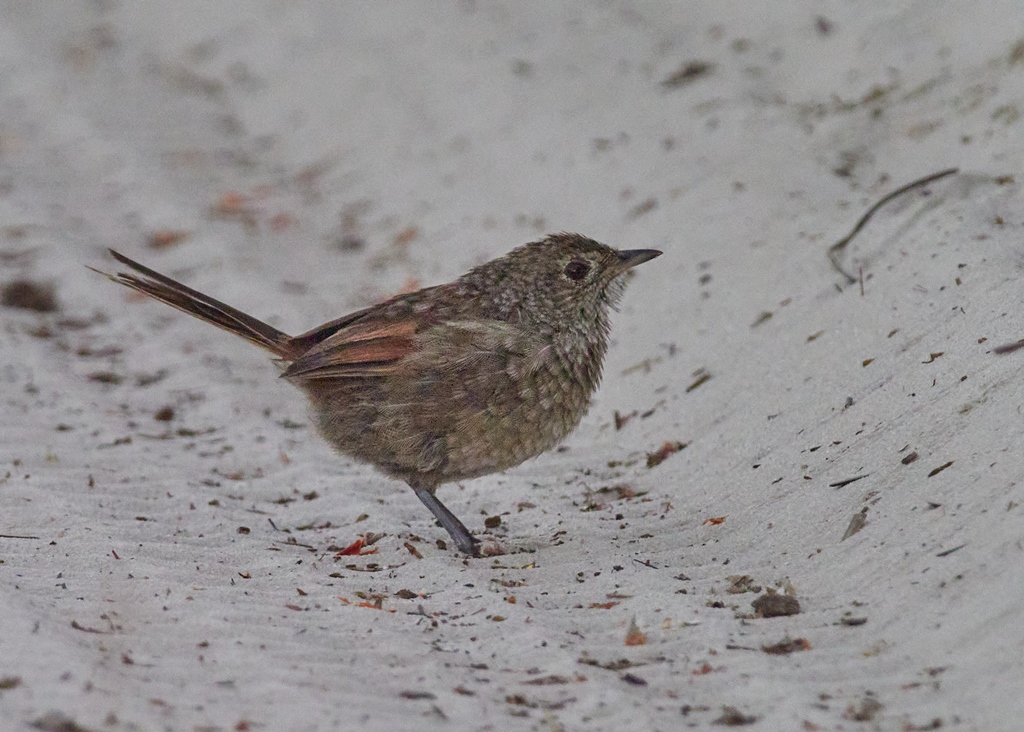
Waychinicup NP was stunning, an amazing little bay, very beautiful. On the way in we saw a python, skinks, eagles and monitor lizards. Great little campsite, small and beautiful, one of the best so far.
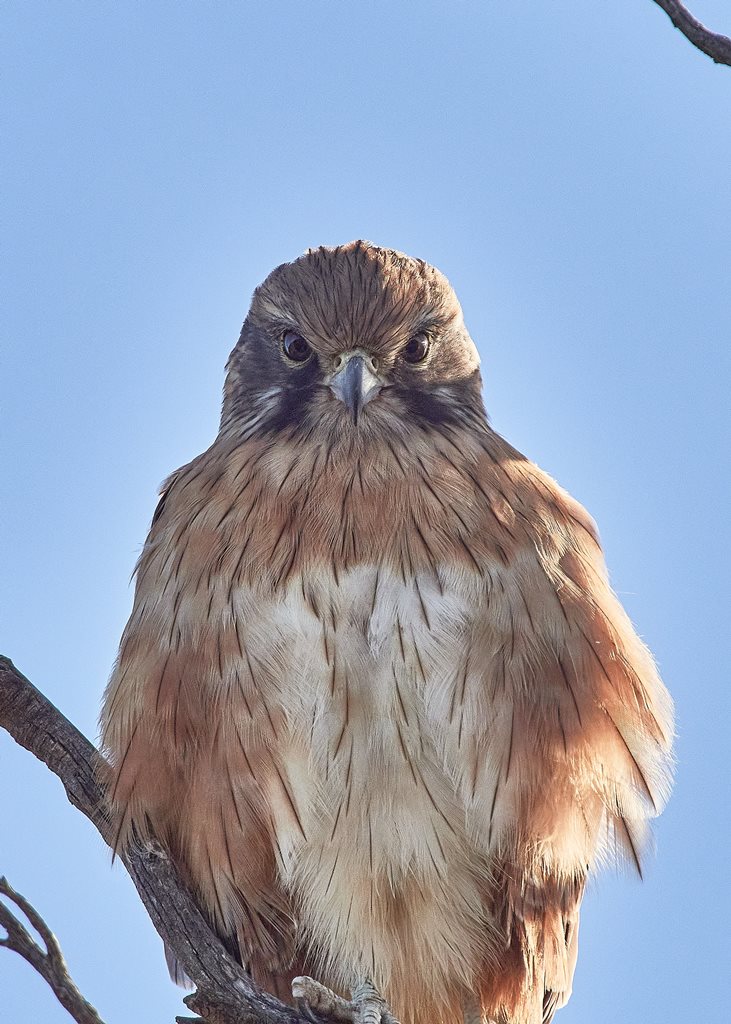
Lake Sepping’s around Albany was very pretty and we managed to do that in a lull with only spits of rain.
Denmark and Walpole were destinations we planned to walk but these turned into torrential rain days so little done. Also, the treetop walk in Walpole as well as most if its restaurants were shut (Saturday night). Just so many places shut, museums, art galleries and many other tourist attractions all a long the coast and inland.
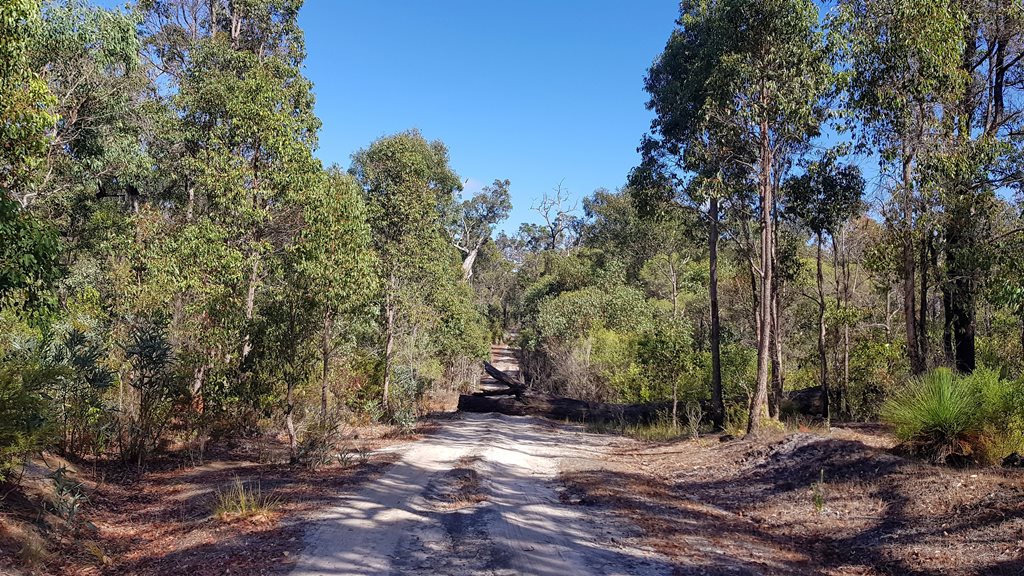
After seeing the Numbats in Stirling Ranges we really wanted to get a photo of one so thought we would try the 2 main areas Perup ad Dryandra. Most people talk about seeing them at Dryandra as it is more open but we were nearest to Perup and as it was still raining a good day to drive around (the best way to find them apparently). After a long while staring at fallen tree logs looking to find one on the ground we drove past this massive fallen tree and it took a minute for my brain to register the Numbat sitting on top. We stopped and got out, still there, I got my binoculars and had a good but brief look because as Steve picked up his camera the Numbat went.
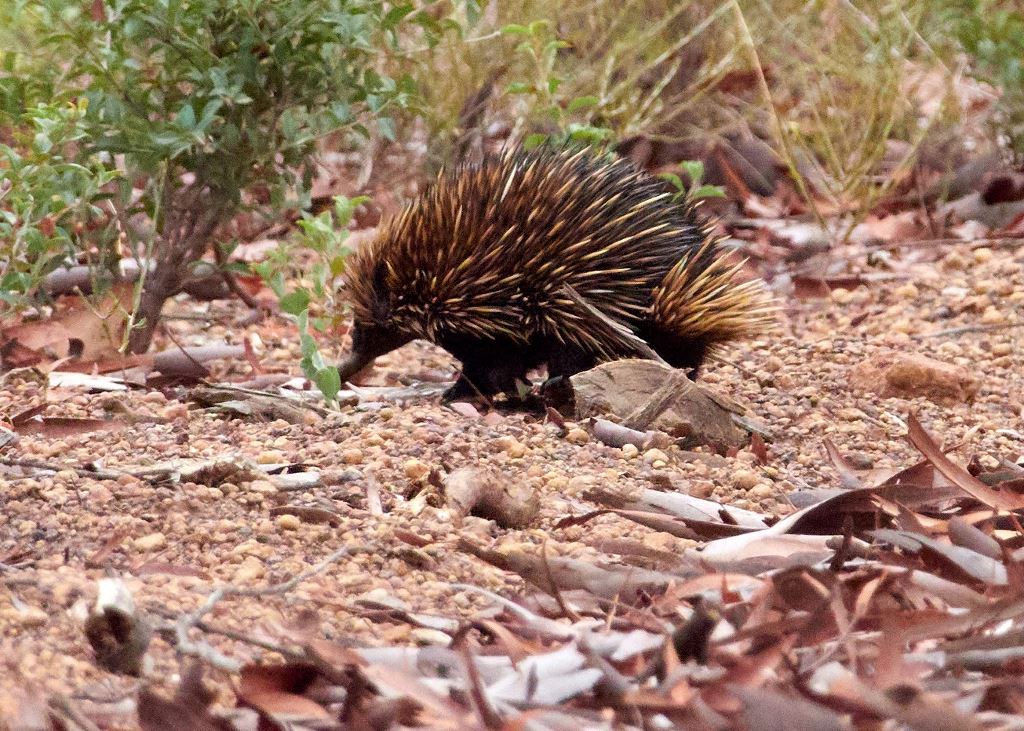
Dryandra the nest day. Not to be seen here either, not for want of trying, too much rain (Numbats do not like cold wet weather).
Now in Freemantle for a trip to Rottnest Island to see the Quokka’s – also a no go due to the forecast 70% chance of rain and thunderstorms.
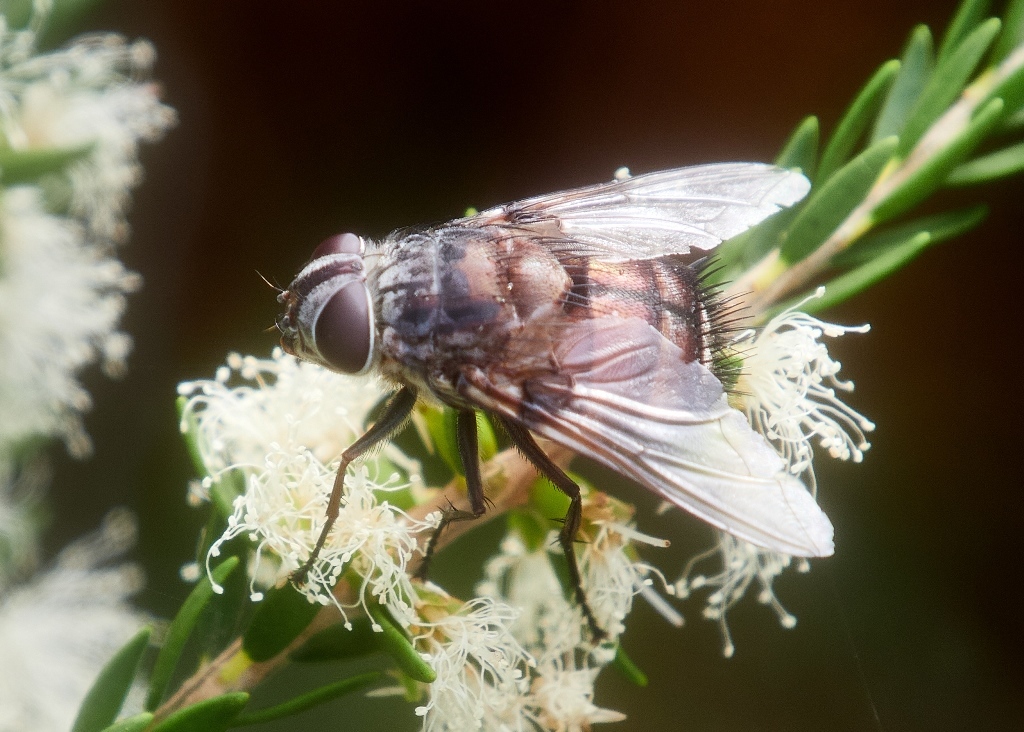
A little birding and walking around lakes in and around Perth and we will be off on our next adventure, Cocos Keeling Islands and Christmas Island.

